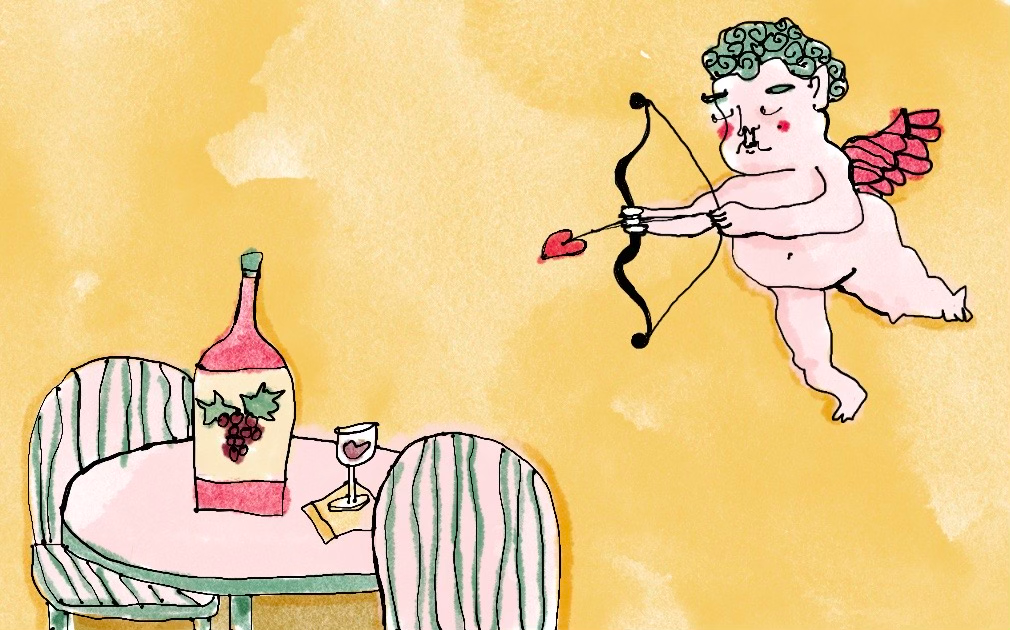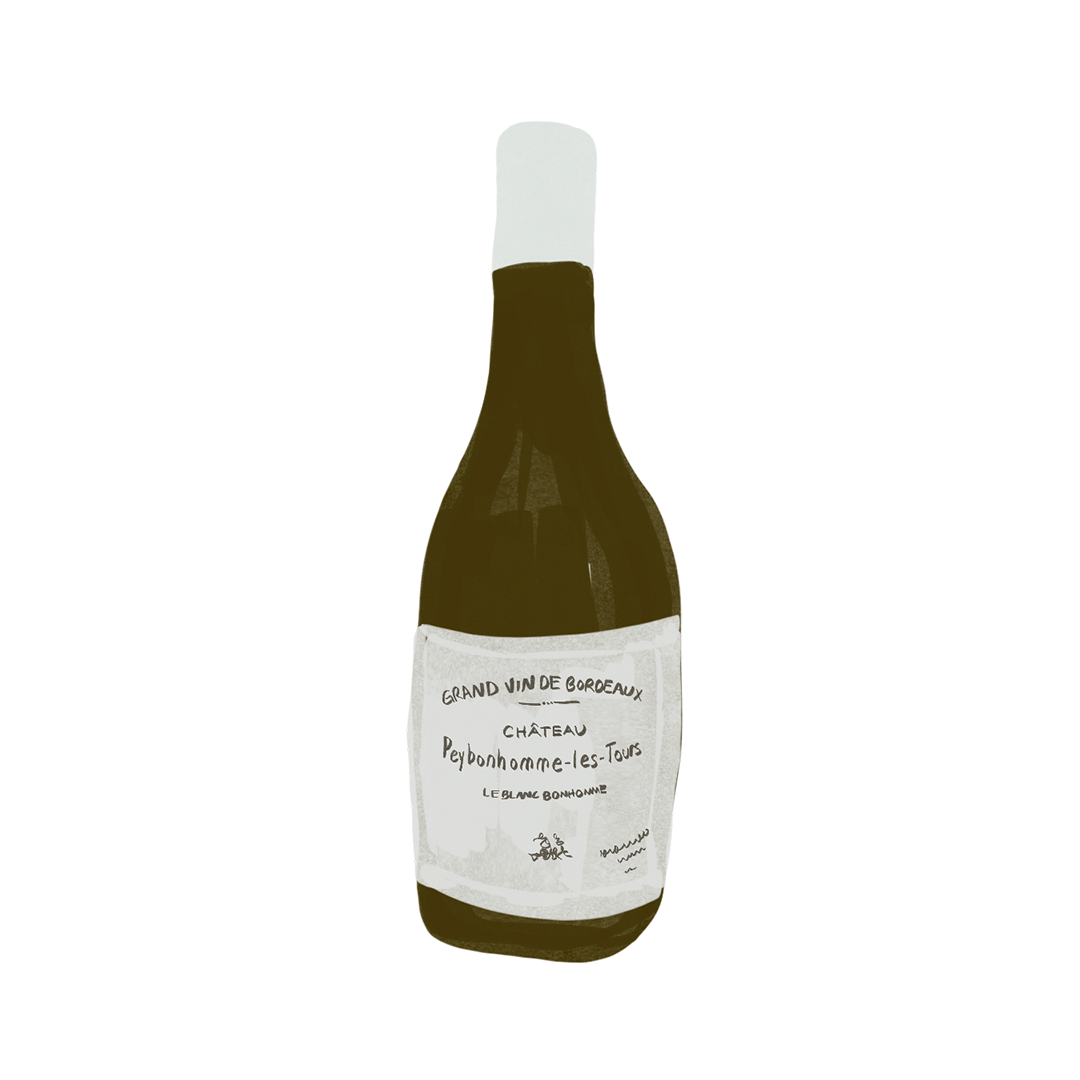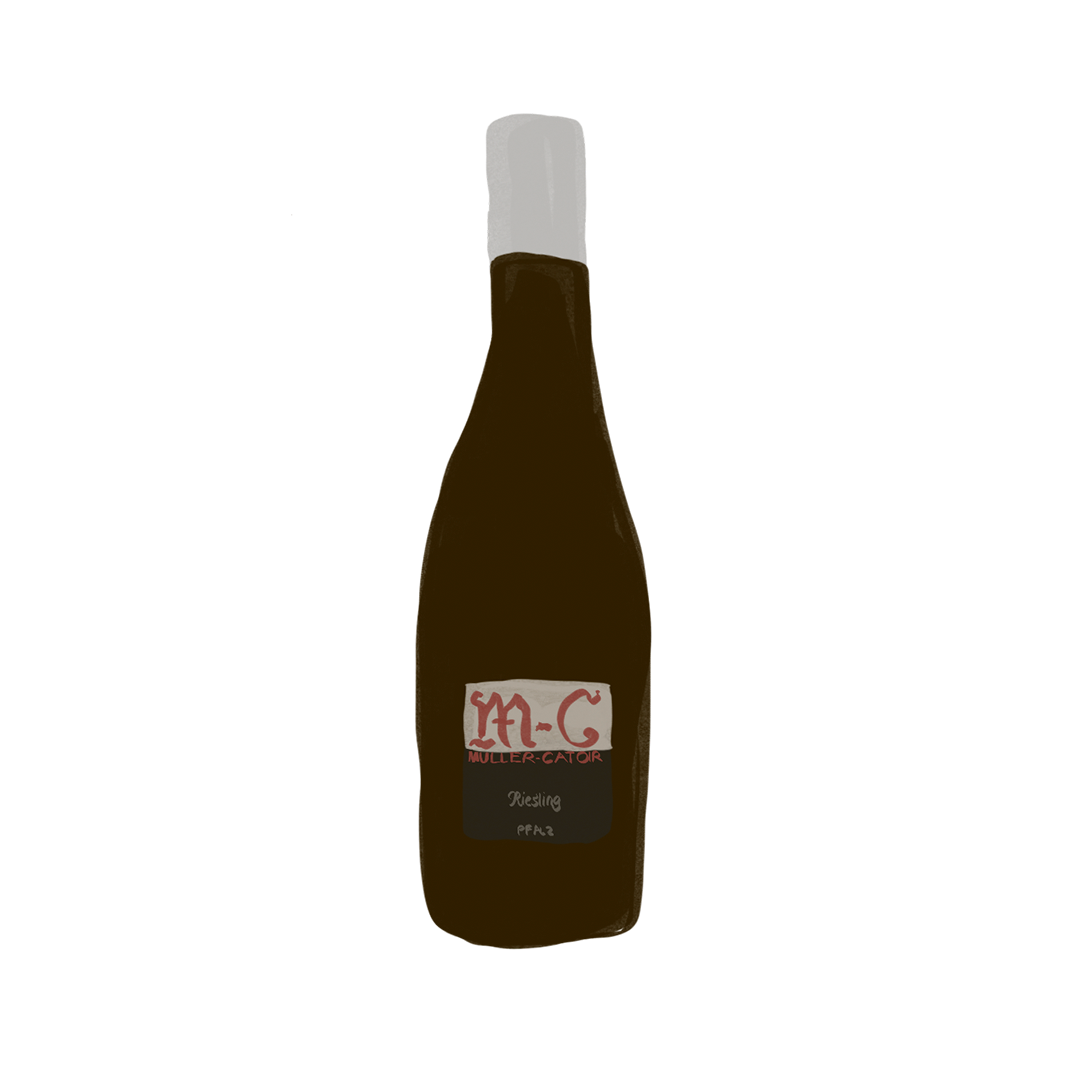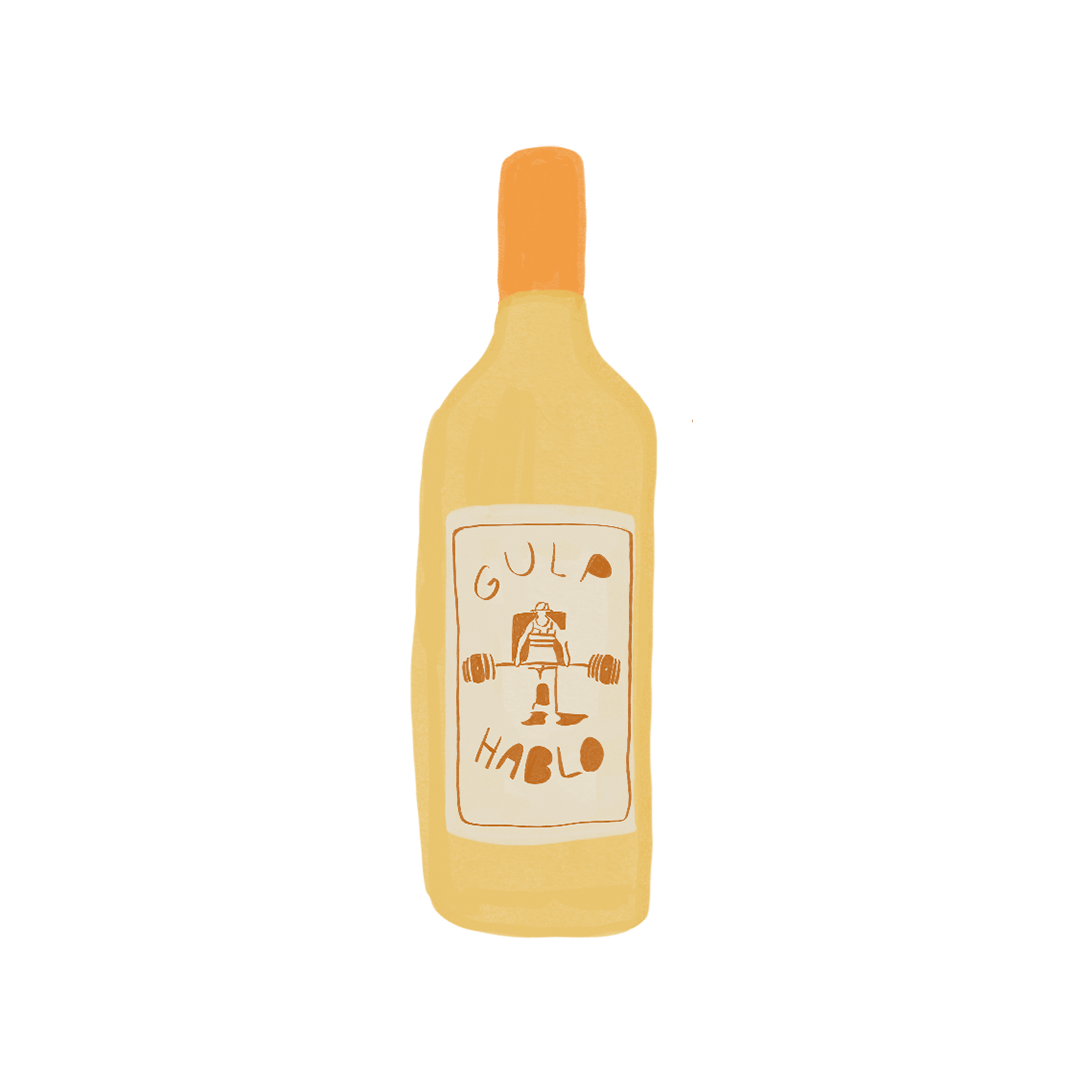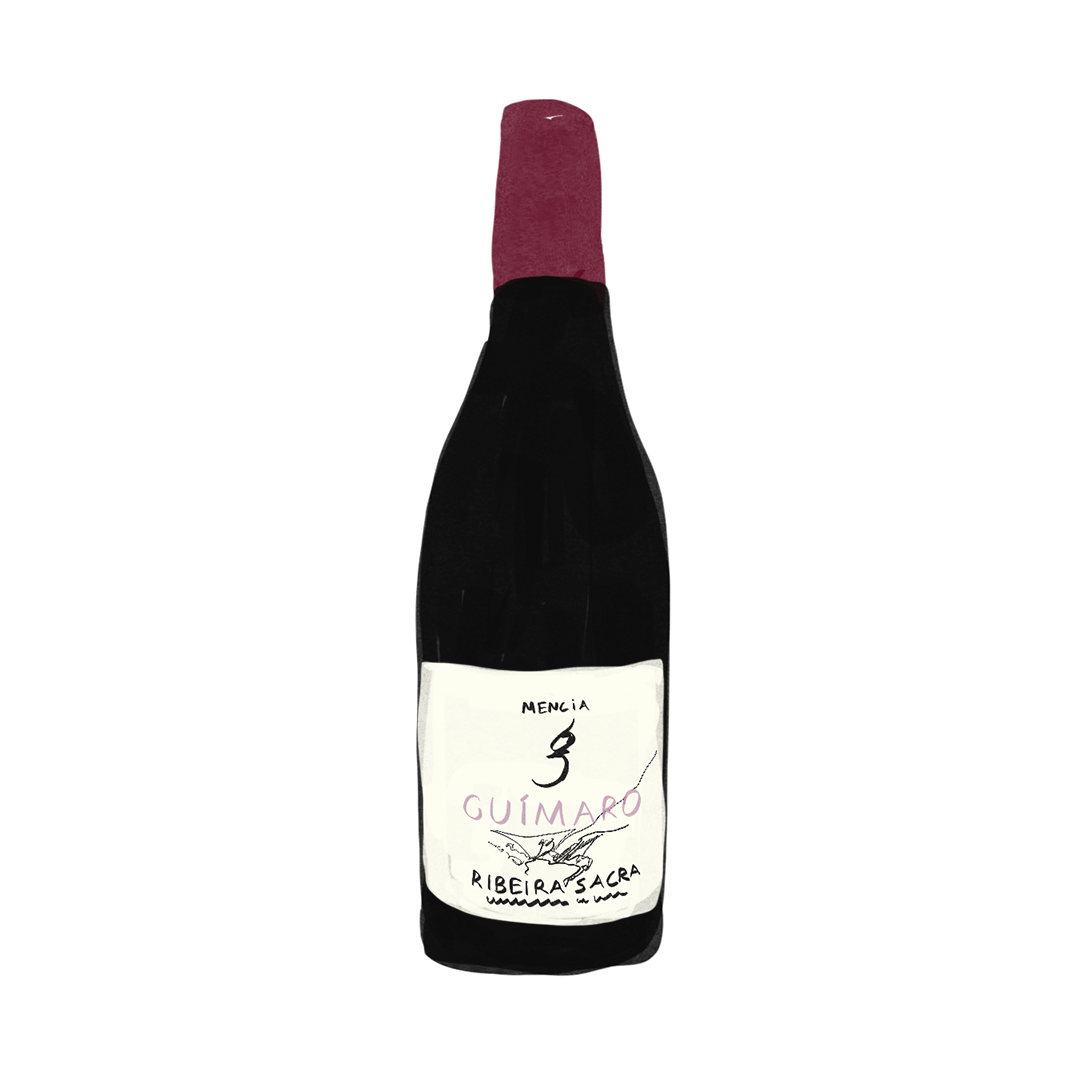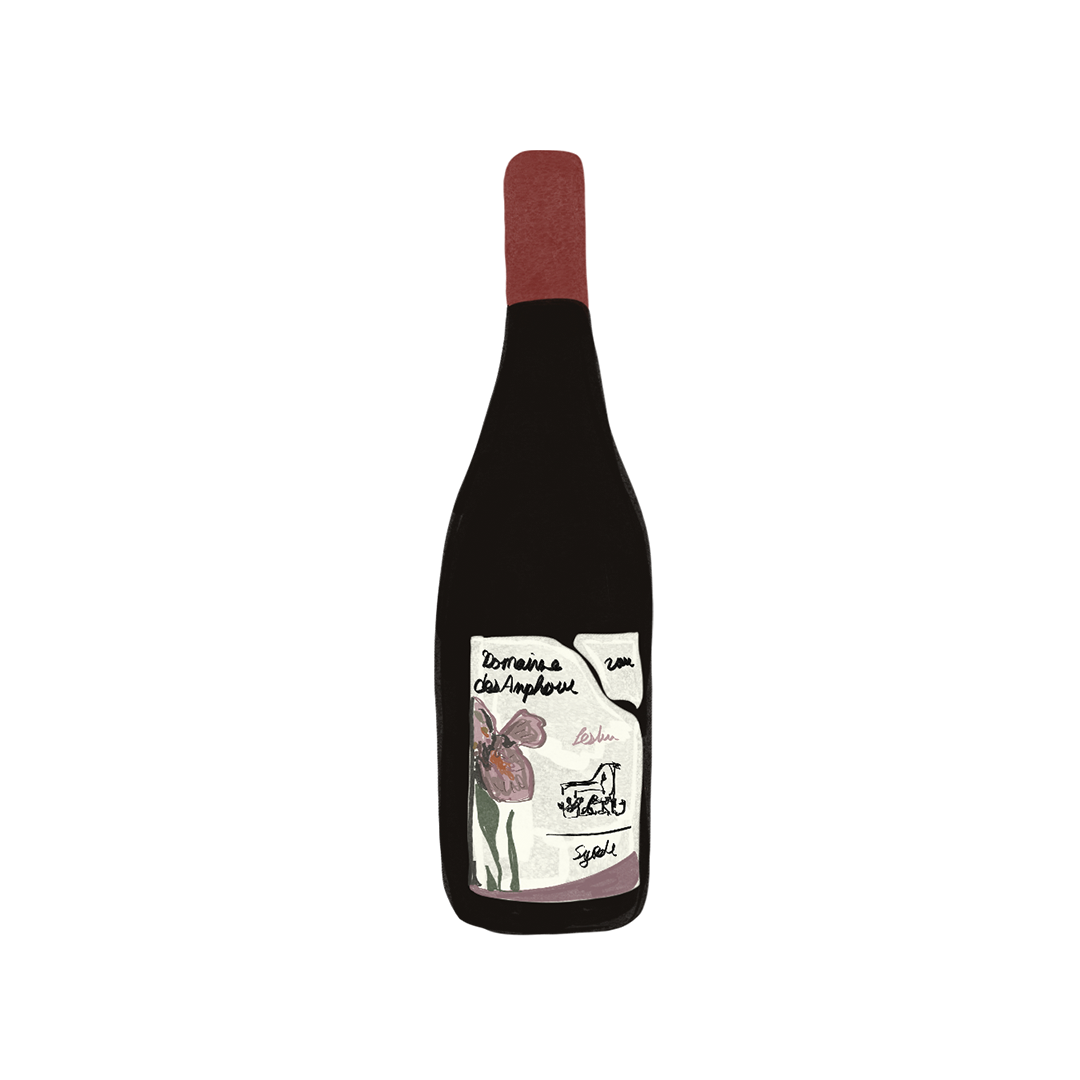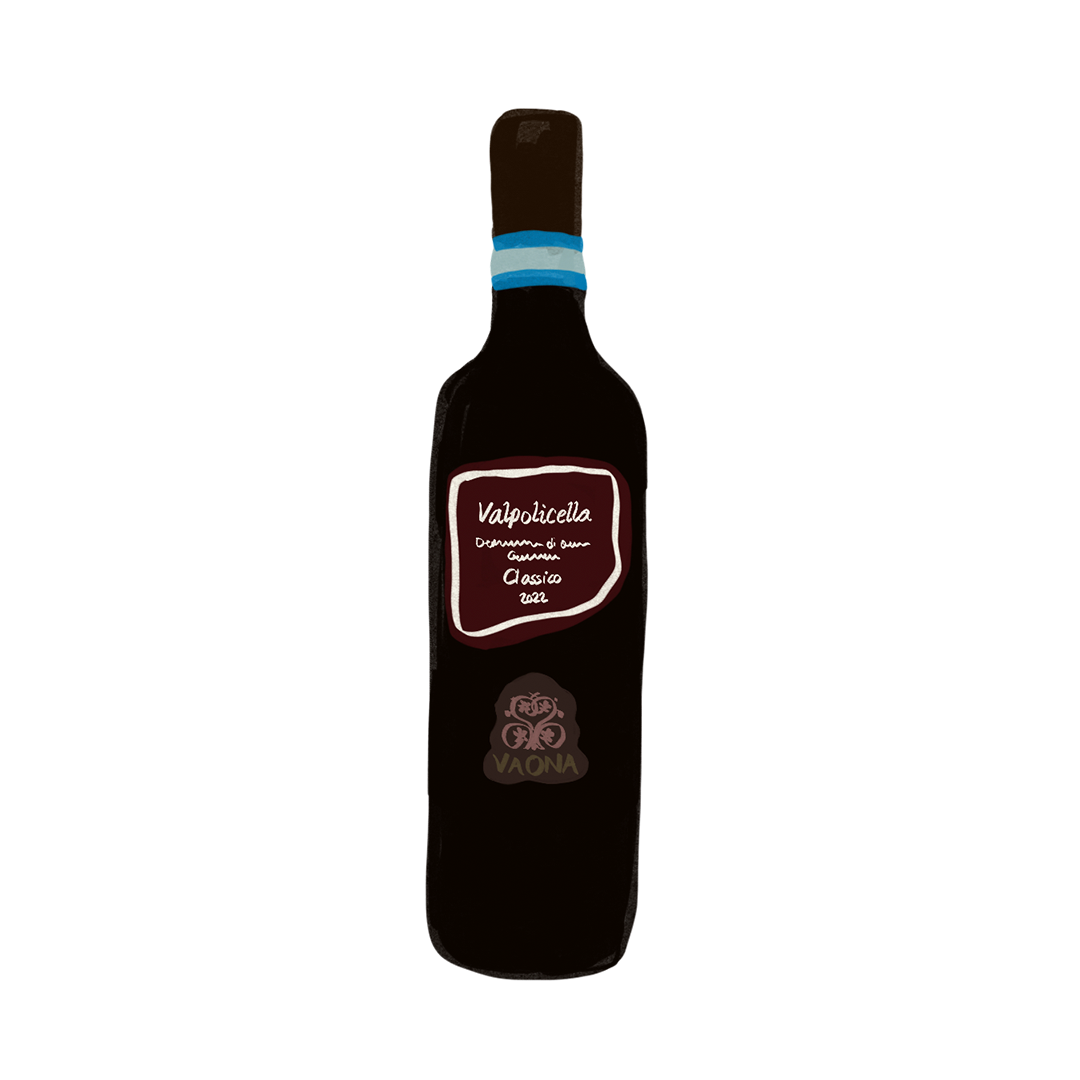Five Steps to Falling in Love with Wine
Written by Eric Asimov
Illustration by Cerise Zelenetz
When curious people want to learn about wine, they look for a class or buy a book. It’s the exact wrong way to go about it.
Classes tend to acquaint you with skills that may someday prove useful, but not those just starting out. Books? Could you learn how to play basketball through a textbook if you’d never played the game?
With a little experience, more organized wine education becomes essential, but for the beginner curious about wine, the absolute best way is to do it yourself. The essential step before learning about wine systematically is to fall in love with it. And there’s no better way to fall in love with wine than to drink it while exploring.
Love is the key. Without an emotional attachment, wine is a dry academic subject, or just an intoxicant. As with anything – music, sports, art – you need to be turned on to a subject to learn about it. Otherwise, it’s boring and rote. For wine, the switch comes when drinking it. And it’s a lot more fun than reading about it.
We live in the greatest time in history for wine drinkers. First, the quality of wine is better than ever. The old days, when you had to worry if your wine was oxidized or otherwise flawed, are largely behind us. Science has taught us many things about the process of growing grapes and transforming them into wine, including how to prevent flaws.
Even more important, in good wine shops you will find more wines from more places, made with more grapes and in more different styles, than ever in history. Dozens of excellent wines are available today that few had even heard of 25 years ago, like assyrtiko from Santorini in Greece or mencía from Ribeira Sacra in Spain. It’s a glorious bounty, full of unexpected pleasures. But it can also be confusing to navigate and scary to confront so many unknowns.
So here is a brief step-by-step guide to falling in love with wine.
Find the nearest good wine shop. How? How do we do anything nowadays? Google. Ask wine-drinking friends for recommendations. Here’s a few hints: Supermarkets are not the answer, or corner bodegas. In good wine shops, merchants are passionate about wine. They will make personal recommendations. They will not quote scores from other writers. They know what they like, and they will make the first cut by stocking only bottles that meet their standards.
Have a budget, but be realistic. Good wine is not expensive, but neither is it dirt cheap. Good wine is an agricultural product, and it will cost a bit more than mass-produced processed wine. It’s like organic farmer’s market produce vs. junk food, you have to invest a little more but you will simply be better. Plan on spending roughly $15 to $20 a bottle. You can spend less, but the probability of finding interesting wines goes down. You can easily spend more, but no need for that yet.
Be prepared to explore. The idea is to learn what kinds of wines you like, and that means trying a lot of bottles that are unfamiliar. Some you will love. Others may be disappointing. But the more different wines you experience, the better your notion of the sorts of wines you like best. Part of the process is learning what you don’t like.
Here’s how to begin: Ask the merchant to give you a mixed case of 12 different bottles – white, red, rosé, orange, sparkling, natural, whatever. You could do 12 white if you prefer or 12 red. Or you could just do 6. Open the bottles at whatever frequency you choose, with a meal, with friends or family, however you want to do it. And drink the wine, don’t just taste it. Drink it without food, drink it with. Note how it changes. Don’t worry about flowery flavor descriptions. The important thing is whether you liked it. Keep track of which bottles you like and which you don’t. Whenever you finish that case, you should have a record of your preferences. If you enjoyed the process, return to the merchant with that information and repeat with a different set of wines based on the results of the first set. You’re building your own personal profile of preferences, which is the first step toward becoming comfortable with wine.
The idea is to have fun and enjoy. This should not feel like work. Over time, you will develop familiarity with what’s available to you. You will become more confident and be able to tell merchants, restaurants, anybody, the sort of wines you like. If it isn’t fun, no worries. Nobody needs to learn about wine, it’s not an obligation. But if you do want to learn, it’s fun and not hard.
You’ll never learn everything, but no fear. I’ve been writing about wine for more than 25 years, and I’m still learning new things every day. You will have prepared yourself for a lifetime of pleasure from wine. As has been said about so many things, it’s the journey that’s most important, not the destination.

